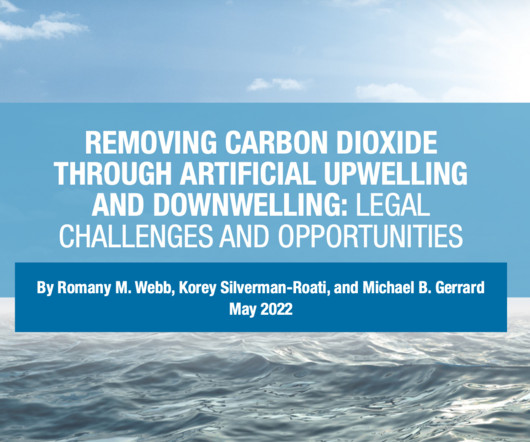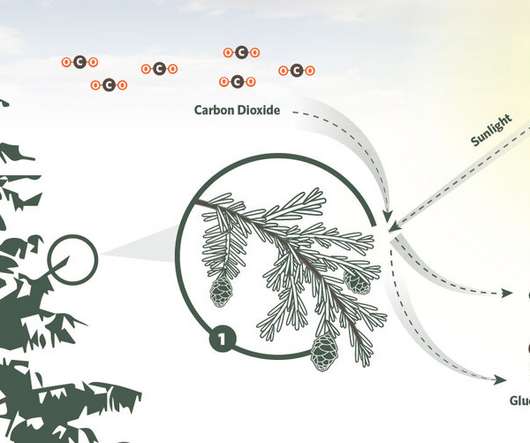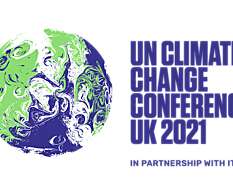The alliance of carbon-negative countries
A Greener Life
JANUARY 13, 2023
A quick reminder of what net zero is: it’s the balance point at which a country, business or organisation absorbs as much greenhouse gases as it produces. On side B we all have all the carbon removed from the atmosphere by forests, soil and wetlands. Suriname is 93% rainforest. You are carbon neutral.













Let's personalize your content